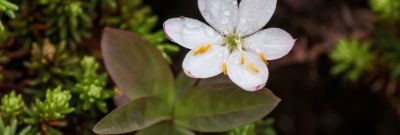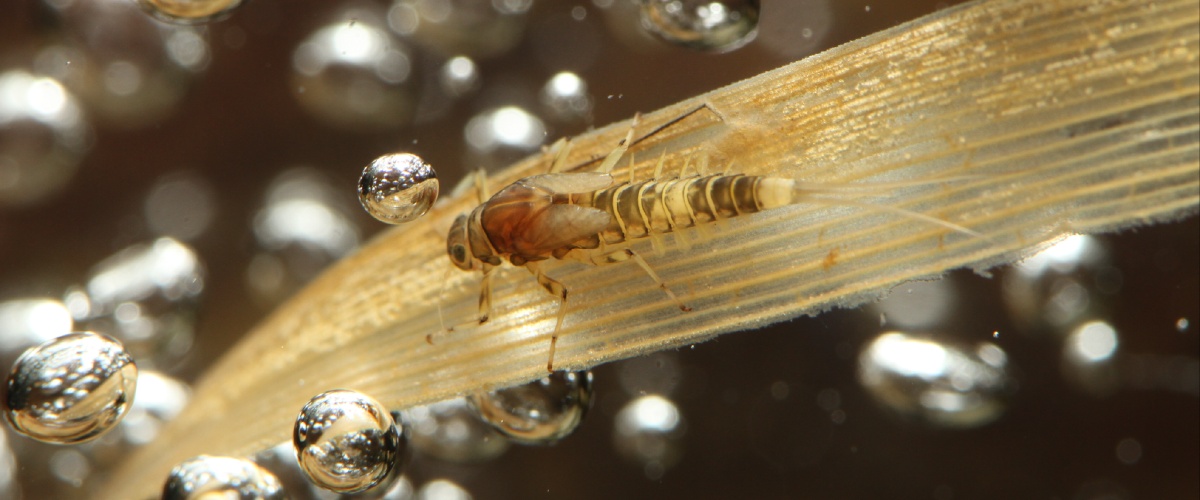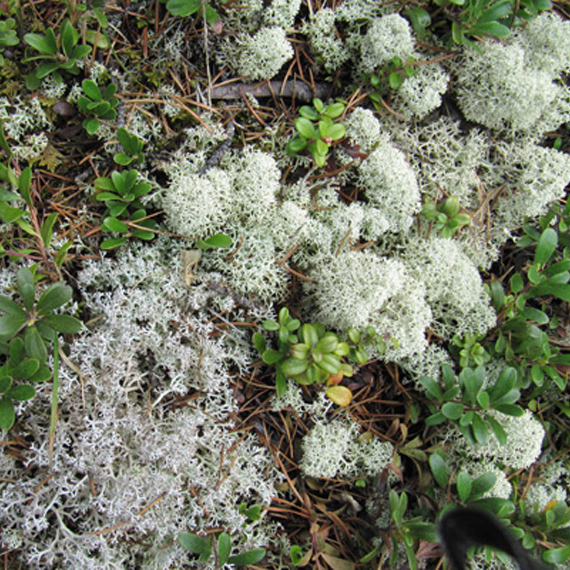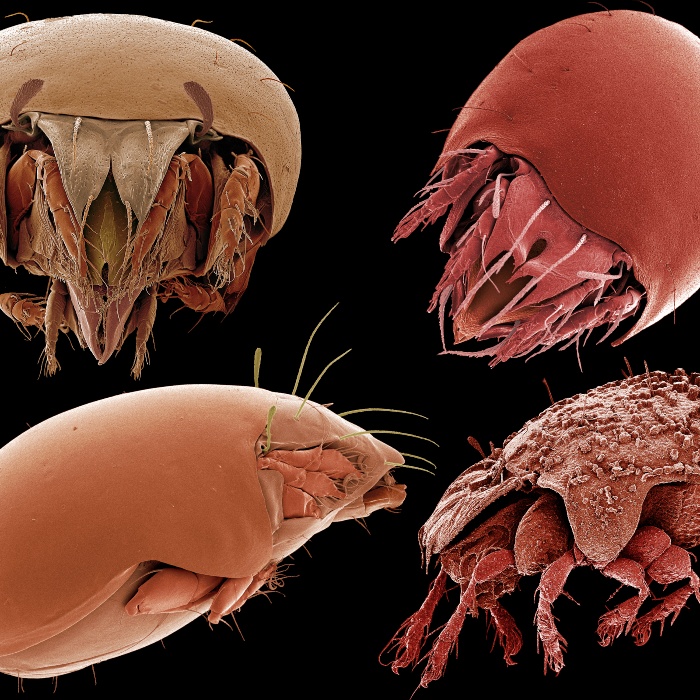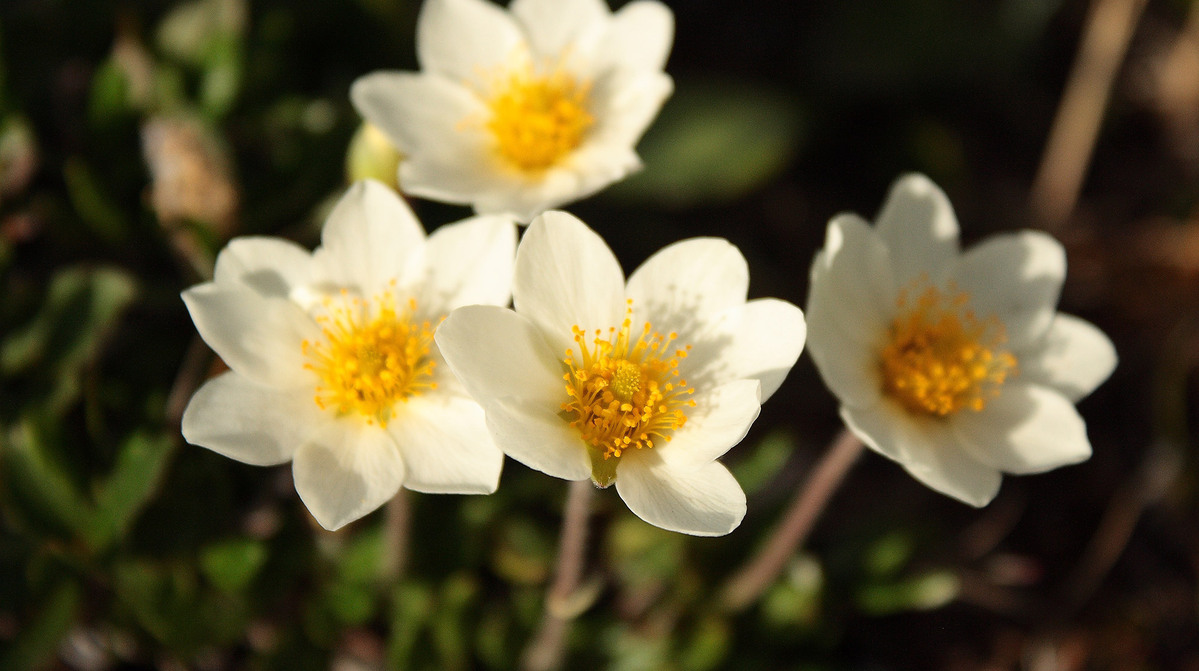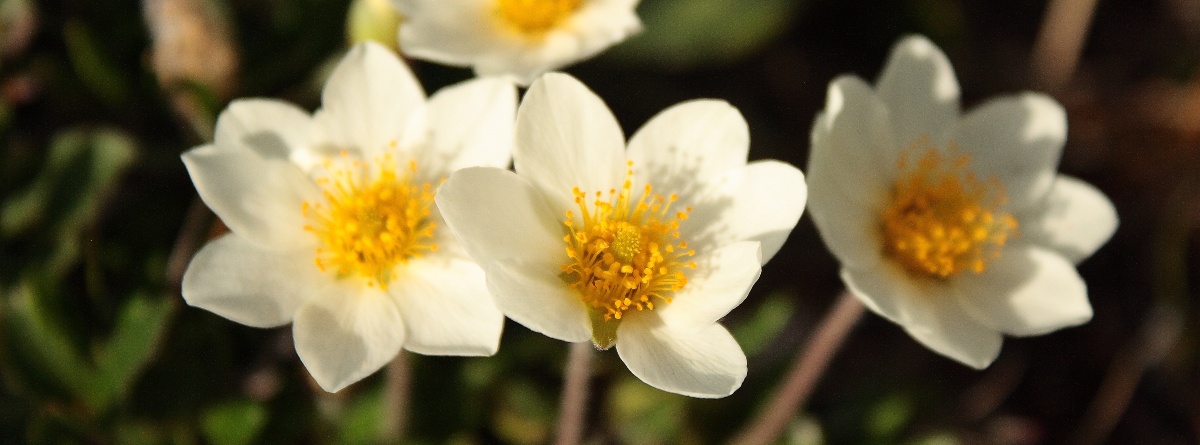
Vascular Plants
- There are roughly 2,100 species of vascular plants in Alberta, including subspecies and varieties; ABMI has detected 1,636 of these species.
- Plant diversity varies widely across Alberta’s natural regions and habitats, thus field technicians who collect plant diversity data receive regionally specific training (e.g., forest, prairie, montane), and often specialize in terrestrial or wetland habitats.
- Every year, our technicians identify and collect plants in the field. These plants are often common species, with conspicuous flowers, leaves, and other traits that enable rapid identification. Technicians are encouraged or prompted to collect or photograph unknown species, weeds, certain rare plants, or plant groups that often require careful examination by a taxonomist.
- Plant taxonomists examine all plant data collected by field technicians, including plant collections, photos, and site specific-species lists.
- Collected plants are carefully examined under a microscope and identified to the lowest taxonomic level possible. These specimens are archived for future reference, genetic sampling, and more.
- We are currently testing and implementing new methods to track our native and non-native plant species, including changes to our standard vascular plant survey methods and exploring technology-driven solutions like photo-plot monitoring and DNA metabarcoding approaches.
Publications
Crisfield, V.E., J.M. Dennett, C.K. Denny, L. Mao, and S.E. Nielsen. 2020. Species richness is a surrogate for rare plant occurrence, but not conservation value, in boreal plant communities. Biodiversity and Conservation 29:99–114.
Vascular plants are the foundation of life on earth—other organisms cannot survive without plants. Vascular plants exist in a wide variety of life forms—from sky-scraping trees to berry-producing shrubs to tiny understory species no more than a few centimetres tall.
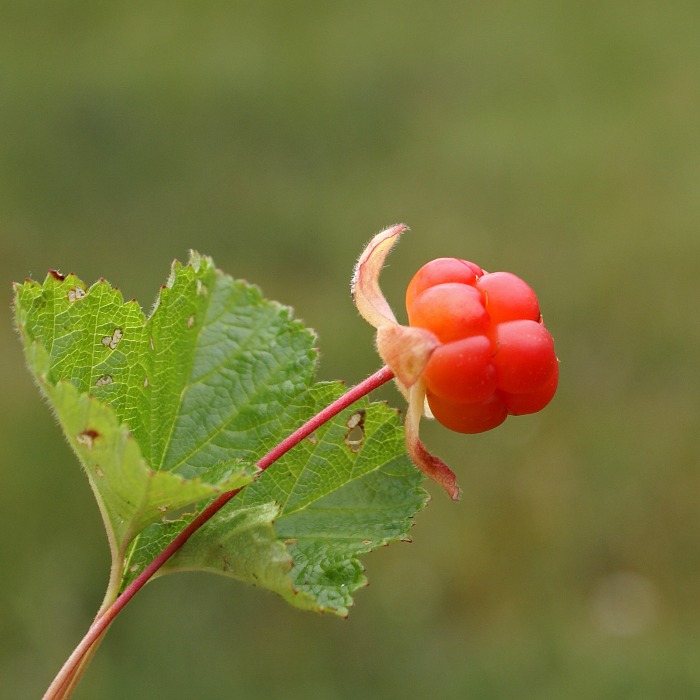
Cloudberry (Rubus chamaemorus)
Photo: Randi Hasuken
Life-giving Plants
Human beings need plants for life-giving oxygen, ecosystem services like water filtration, food, medicine, clothing, shelter, and personal well-being. Plants and the habitats they build also support diverse wildlife, like birds, mammals, insects, and more!
A vascular plant has specialized tissues that allow it to move water, energy, and nutrients around its body. This is in contrast to moss, which do not have these special tissue types. Like mosses though, vascular plants photosynthesize, which fixes atmospheric carbon into sugar molecules and thus provide the foundation of life on earth by producing oxygen to the atmosphere and creating tissue that feeds and shelters other organisms. In short, vascular plants make the sun’s energy available to other living creatures. Vascular plants exist as a wide variety of life forms—from sky-scraping trees, to berry-producing shrubs, to tiny herbaceous species no more than a few centimetres tall.
Plant Communities
The plant community and diversity at a site can tell us a story about recent or historical disturbances and is also shaped by the local climate and soil conditions. Plant diversity is dynamic and can shift with environmental or disturbance pressures! Shifts in plant diversity can occur rapidly following acute disturbances like fire, while slower change can occur with environmental stressors like climate change. Long-term monitoring by ABMI aims to measure how environmental and disturbance pressures influence plants over time across the province.
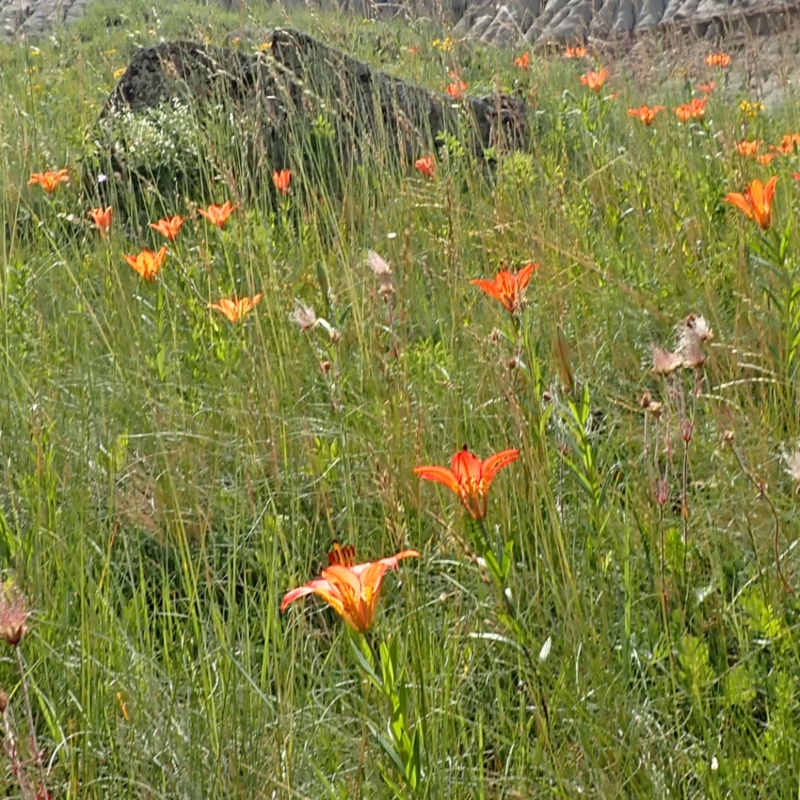
Plant community
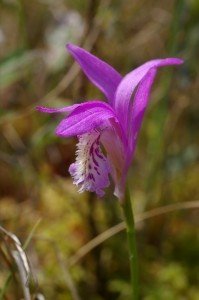
Dragon’s Mouth Orchid, Arethusa bulbosa, photo by Chris Meloche via Wikimedia Commons
Species Discoveries
Surveys from the ABMI have detected plant species that have never been reported or confirmed in Alberta, as well as new records for Canada.
What's in a Name?
Plant taxonomy was initially developed using morphological traits and anatomy, where plants with similar fruit and floral structures, among other traits, were grouped together in a hierarchy (order, family, genus, etc.). However, these classifications are under revision as scientists explore the genetic evidence for the taxonomy of plant groups and their evolutionary relationships. At the ABMI we apply current treatments of vascular plants published by the authorities like the Flora of North America. As species and family concepts shift with new research, our data is updated to reflect these changes.
The ABMI's plant collections are currently identified using classical techniques, examining samples under a microscope, dissecting fruits and flowers, and identifying them to the lowest taxonomic level possible using published taxonomic keys.
Certain plants are difficult to identify through classic taxonomy in the absence of certain structures like fruits and flowers or when they are immature. Identifying these samples often requires strong knowledge of plant species at all stages, seedlings to scensced material, and comparison to reference collections. If a specimen cannot be identified to species key identifying structures, it is identified to genus or family. Examples of groups of plants that are challenging to identify vegetatively include sedges (Carex) and willows (Salix).
ABMI has an archive of thousands of identified plant samples collected since 2007, which could be used to build a genetic database for plant diversity in Western Canada. We are in the early stages of exploring these applications.
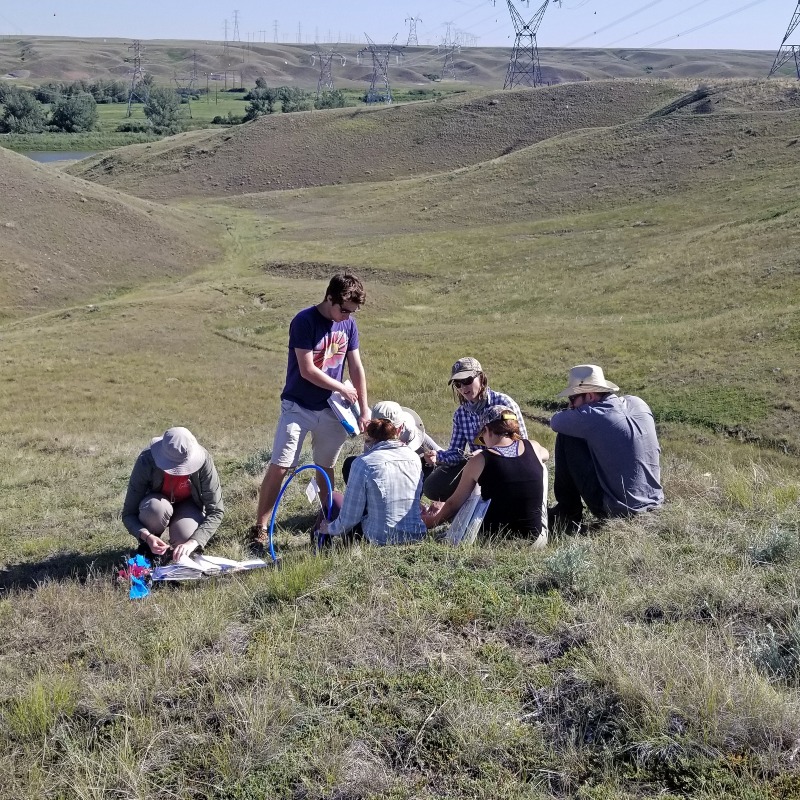
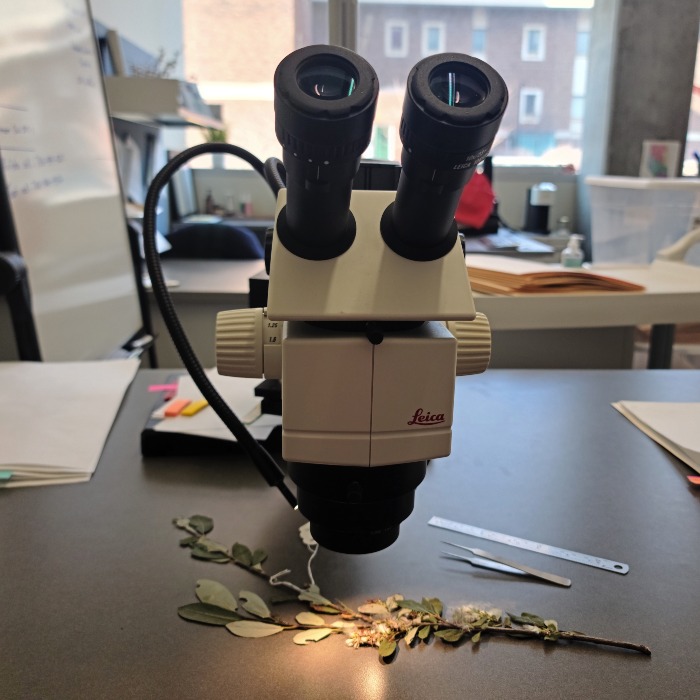

Workflow - Life of a Collection
Collecting Plant Data (July–August)
- The ABMI uses timed surveys for vascular plants within a one-hectare (ha) site. Four 20-minute surveys are completed in each of the four 0.25 ha quadrants, following a general walking pattern shaped like a snail. Technicians are asked to create a list of all encountered species during this time. If a technician encounters an unknown species, they take a sample, which is later identified by the vascular plant taxonomist. Technicians are also prompted to sample weeds, uncommon plants, or plants too difficult to distinguish in the field. Photos are taken where plants cannot be physically sampled, e.g., from very small populations.
Receiving and Processing (September–January)
- Plants are dried in plant presses.
- Plant presses are emptied, with plant vouchers transferred to archival quality herbarium folders.
- Field collected inventories of plants and photos are reviewed.
Identification of Plant Vouchers (September–March)
- Plant vouchers are examined under a microscope and identified to the lowest possible taxonomic level using keys and archived reference specimens.
- Plants that cannot be identified with keys (e.g., vegetative specimens), are compared to reference collections in herbaria.
- Experts on specific taxa may be consulted when challenging specimens are encountered.
- Post identification, rare or underrepresented plants in herbaria are curated.
Making Data Available (After March)
We aim to complete >95% of the identifications for vascular plants annually, releasing data the following spring.
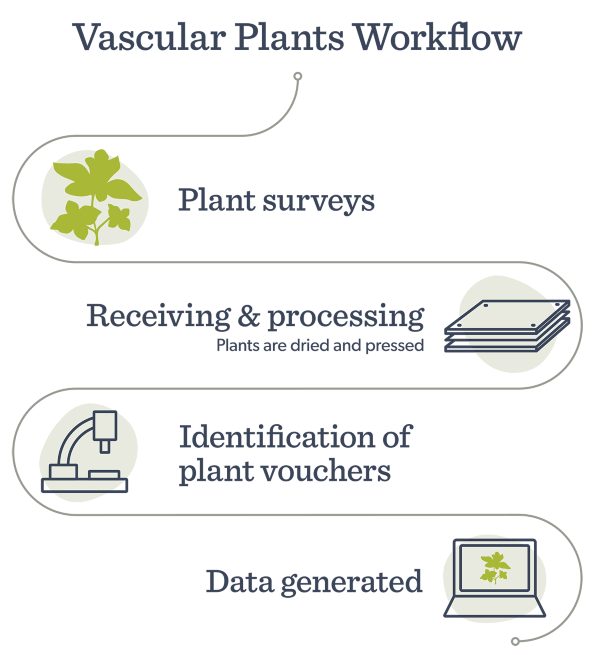
In collaboration with the Caribou Habitat Recovery Program (CHRP) through the Forest Resource Improvement Association of Alberta (FRIAA), the ABMI is developing a detailed vegetation inventory along linear features for the Richardson caribou range in northeastern Alberta.
Learn more about vascular plants and why they are important to monitor. Find out more about individual vascular plant species in Alberta on ABMI's Biodiversity Browser.
BERA focuses on understanding the effects of industrial disturbance on natural ecosystem dynamics in the boreal forest, and developing strategies for restoring disturbed landscapes in a system that is under pressure from climate change.

